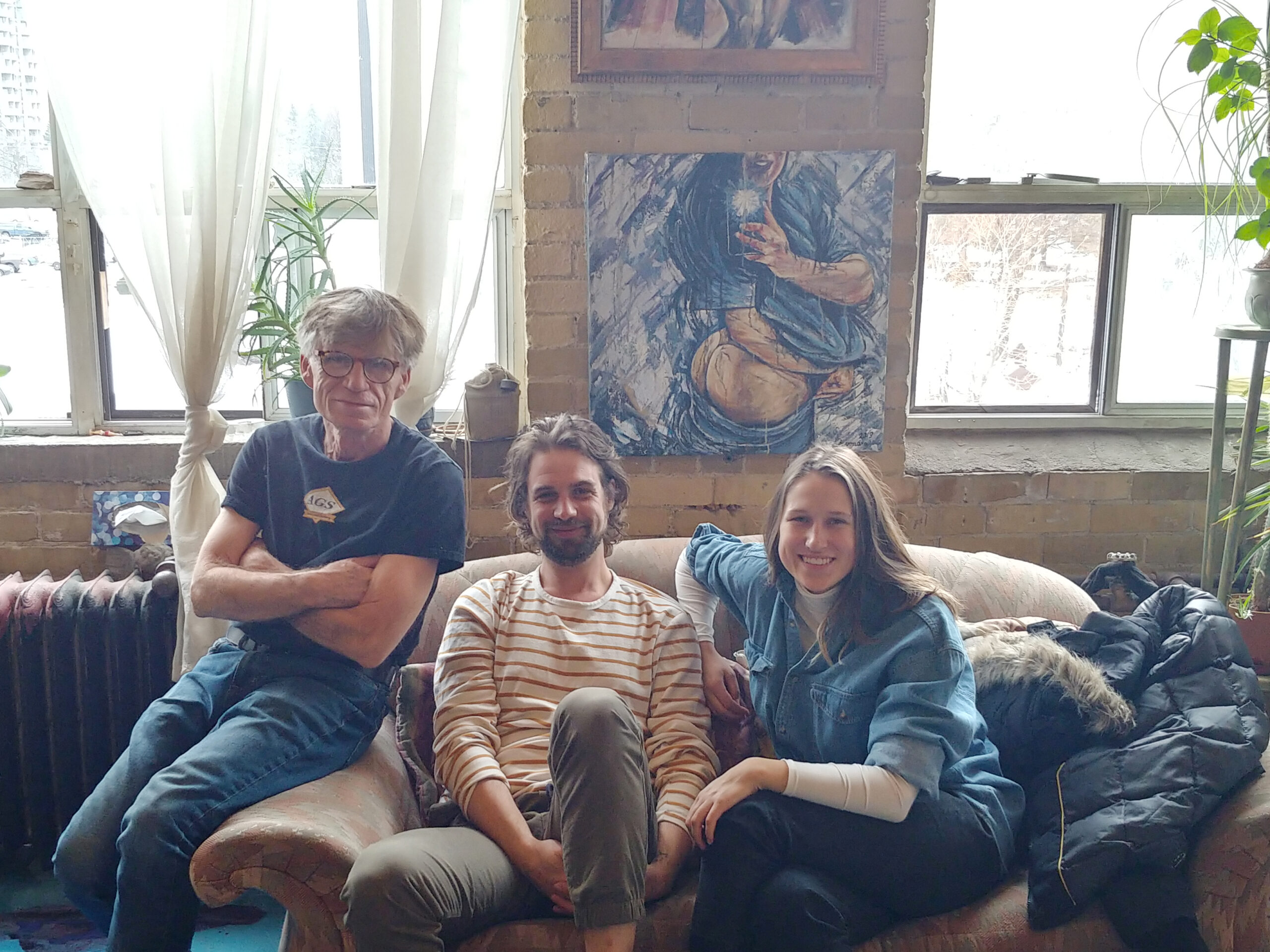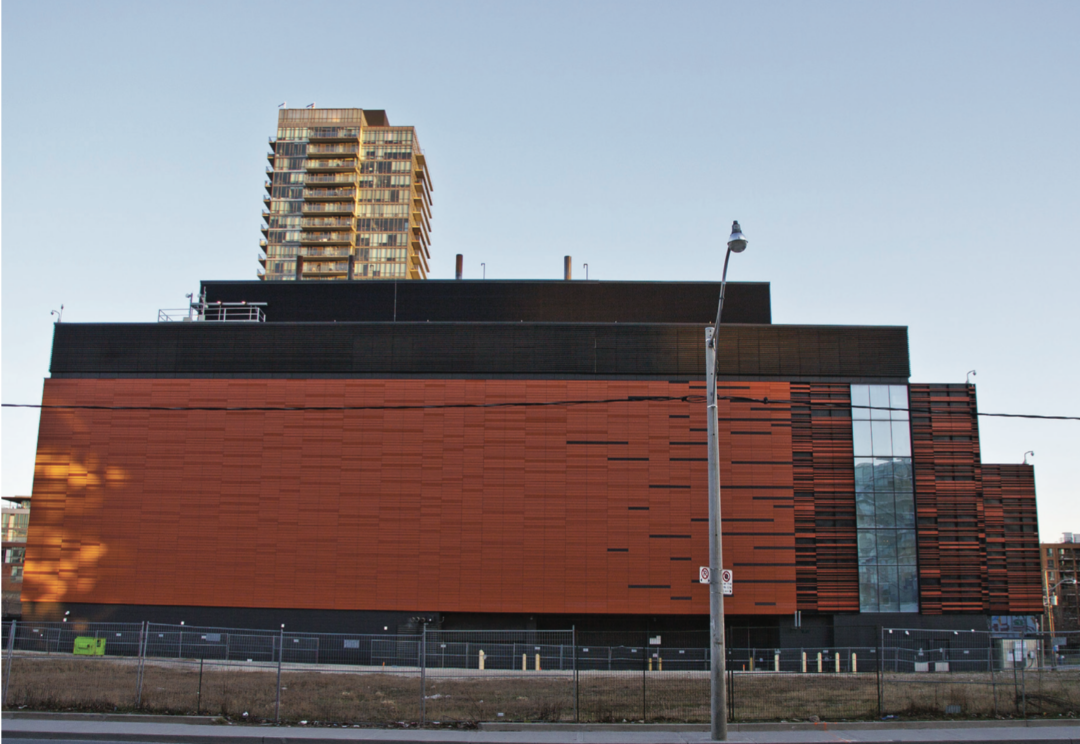By Andre Bermon
Nearly four years have past since the Edmonton based company, ONE Properties, proposed a massive mix-use condominium development in the Moss Park community. And for residents of 90 Ontario Street, sitting in the crosshairs of gentrification, the uncertainty of impending eviction is unnerving. “Our lived experience in the building is in limbo,” admits Emma Vredenburg, a five year resident.
Nestled between abandoned storefronts on Queen East and high-rise condominiums on Richmond, 90 Ontario is a little known Edwardian era factory building that once provided industrial printing and shoe manufacturing. In the late 1980s, the building was converted to live/work loft apartments which attracted the interest of local artists.
Today the building is a genuine artist colony, reminiscent of the bohemian days of Queen West and Liberty Village. And perhaps one of the city’s last.
Joan McNeil has spent the last 25 years living at 90 Ontario. The live/work space has been instrumental not only to her creative pursuits, but also to her livelihood. “I made my living here,” says Joan. “I won’t find another place like this once the building is gone.”
Similar sentiment is echoed by others as well. Joe Flasko, a painter and superintendent of the building, is now dealing with his 5th eviction. “Every time I’ve been evicted, my rent has gone higher and the place has gotten smaller,” he says. “Live and work spaces are becoming harder to find.”
In a city struggling to provide affordable housing, finding adequate live-in-studio space is beyond the means for many. However, in the attempt to protect their rights as renters and secure accommodation in the new development, residents of 90 Ontario have incorporated a tenant’s association.
The process of navigating the system in a three way negotiation between the developer, the city and themselves, has not been easy.
“We are fortunate to have a [productive] dialogue with the developer,” says Rasmus Groth, member of the tenant’s board, “because we have organized in a proper fashion.
The day when shovels hit the ground is suspected to be years away. A process that has delayed eviction but has left residents pondering about their futures.
When asked if residents need to find accommodation during the interim of construction, the common response is, “we don’t know.”
“When people are evicted it can take anywhere from 3-5 years to build these buildings,” says Rasmus. “They start lives somewhere else…moving back is something that not often happens.”
On the top floor overlooking the colourful strip of retail shops of Queen and Sherbourne, Karel Vondra, a painter of provocative “selfie” portraits, sits and brews. “Artists make for a complete neighbourhood,” he explains, suggesting new development needs to be inclusive to the arts.
Realizing such a prospect is unlikely, the conversation turns to his displacement.
“I think about the idea of having to leave on a daily basis.”




